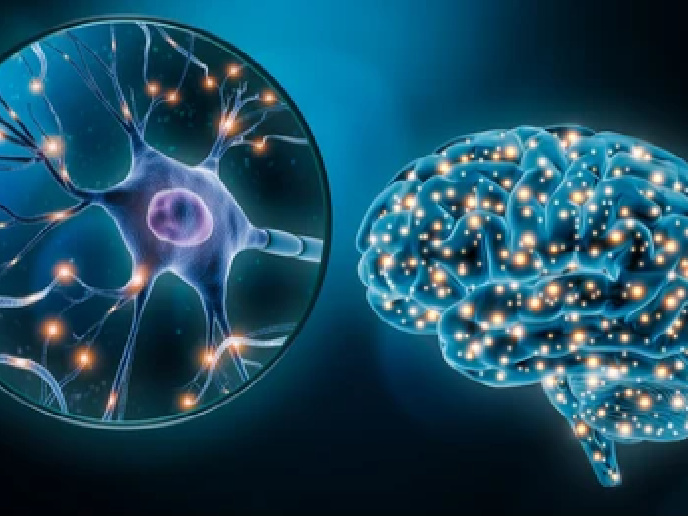Steering RNA nanomedicines to the brain
Neurodegenerative disorders such as Alzheimer’s disease affect millions of people worldwide, yet very few treatments are available. These drugs can only suppress the symptoms and prevent further neurological damage but do not provide cure. Moreover, delivering drugs to the brain across the blood-brain barrier poses a significant challenge, as its architecture prevents the movement of molecules. Overcoming or circumventing this barrier requires the development of effective and smart delivery systems.
Exploiting ligands that target the blood-cerebrospinal fluid barrier
The EU-funded B-SMART(opens in new window) project employed nanomaterials to load the active therapeutics and deliver them to the brain. “We started off with known targeting ligands, a part of tetanus toxin, obviously not the part that causes the disease but the part that is responsible for accumulation in the brain, as well as rabies virus glycoprotein peptides that have the same role for rabies,” explains Raymond Schiffelers, professor of Nanomedicine at University Medical Center Utrecht and B-SMART project coordinator. Researchers put those structures on the surface of nanoparticles and demonstrated increased uptake. At the same time, the absolute amount being delivered was small. Furthermore, the team of Prof. Roosmarijn Vandenbroucke at VIB research institute(opens in new window) developed small antibody fragments known as nanobodies that target the blood-cerebrospinal fluid barrier. “In essence, we took advantage of the transport of fluid and nutrients across this barrier, essentially a back door, hiking onto these pathways to enter the brain,” highlights Schiffelers.
RNA therapeutics for the brain
In recent years, RNA molecules have emerged as promising therapeutics for many diseases despite their frailty. B-SMART scientists had to overcome two main limitations: RNA molecules do not home to the brain and are too large and charged to enter cells. For this purpose, they employed nanoparticles to protect and carry RNA to the brain. The consortium worked on three different types of nanocarriers: established lipid nanoparticles, emerging synthetic nanocarriers and exploratory biological nanoparticles. They all underwent extensive physicochemical characterisation, efficacy and toxicity testing using in vitro reporter and therapeutic assays as well as mouse models of neurodegenerative and rare diseases. Also, they explored different routes of administration, intravenous, intranasal and local.
Robust nanomedicine production
The B-SMART team developed a robust nanocarrier manufacture pipeline using microfluidics that guaranteed reproducible nanomedicine production. This greatly facilitated the upscale towards good manufacturing practice clinical grade nanomedicines. According to Schiffelers, this pipeline was the greatest achievement of the project: “When B-SMART set out, we knew we had to bridge the nanocarrier design and performance on the one hand with the quality control and manufacture on the other. These are two different worlds.” The different teams had to work very closely to accommodate any changes in nanomedicine design into new performance assays as well as quality control protocols. This led to the preclinical manufacture of one lipid nanoparticle that carries a small interfering RNA molecule. A similar nanocarrier obtained approval from the European Medicines Agency to treat a rare disease in the liver. The B-SMART manufacture ecosystem resembled an Open Innovation Test Bed for nanomedicines providing common access to facilities and services for upscaling nanotechnologies. The acquired expertise fed into new projects such as EXPERT and NANOSPRESSO-NL(opens in new window).







